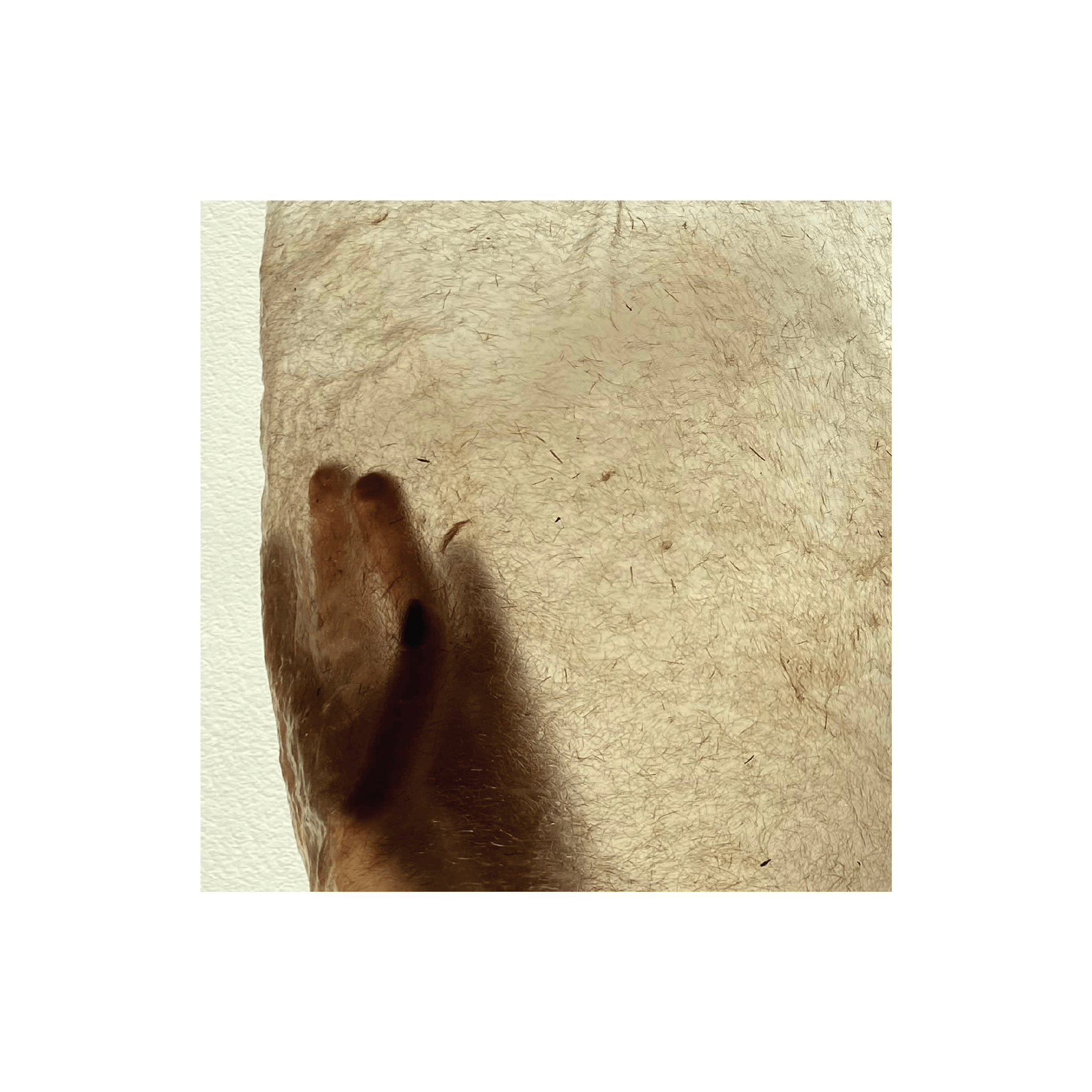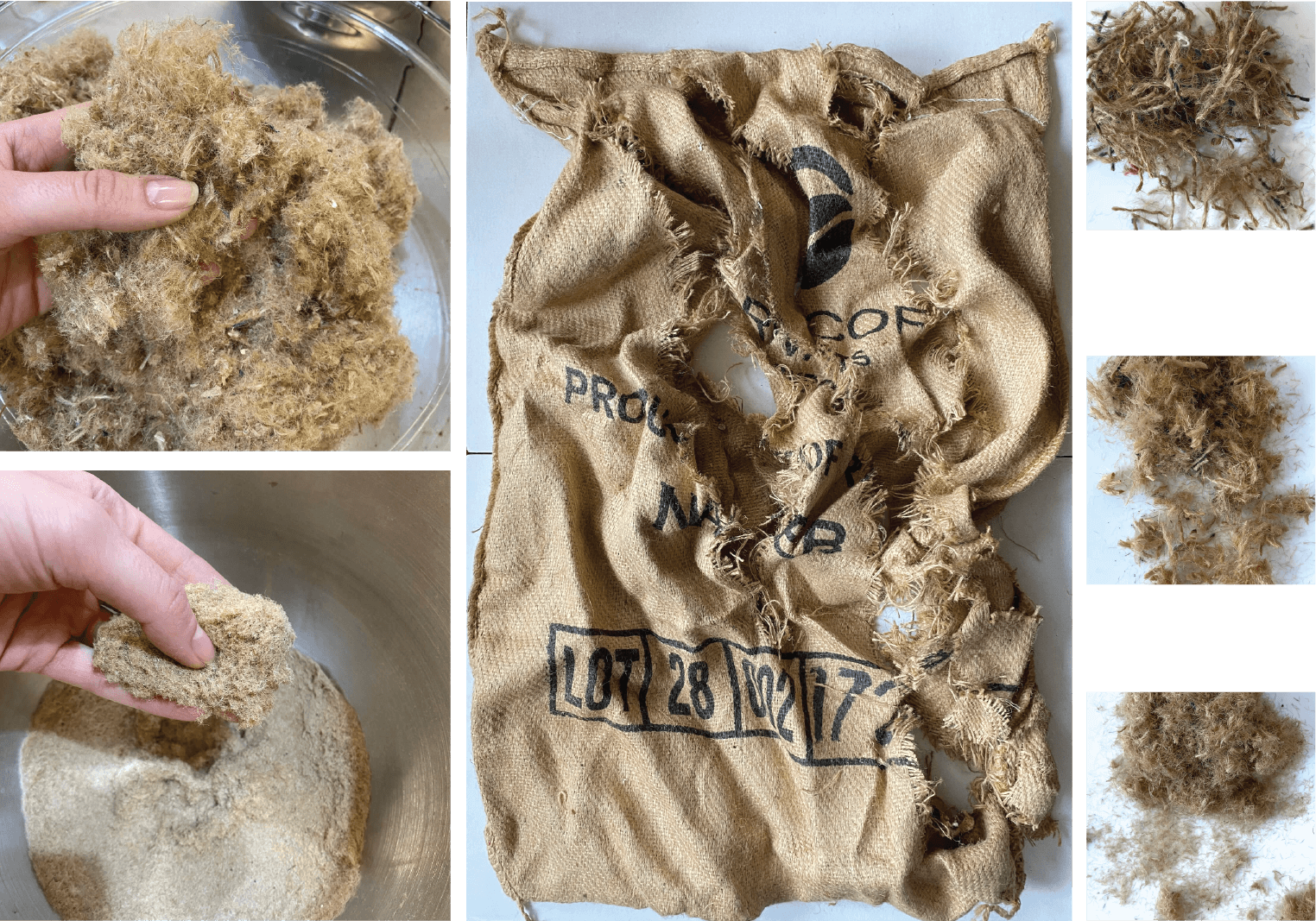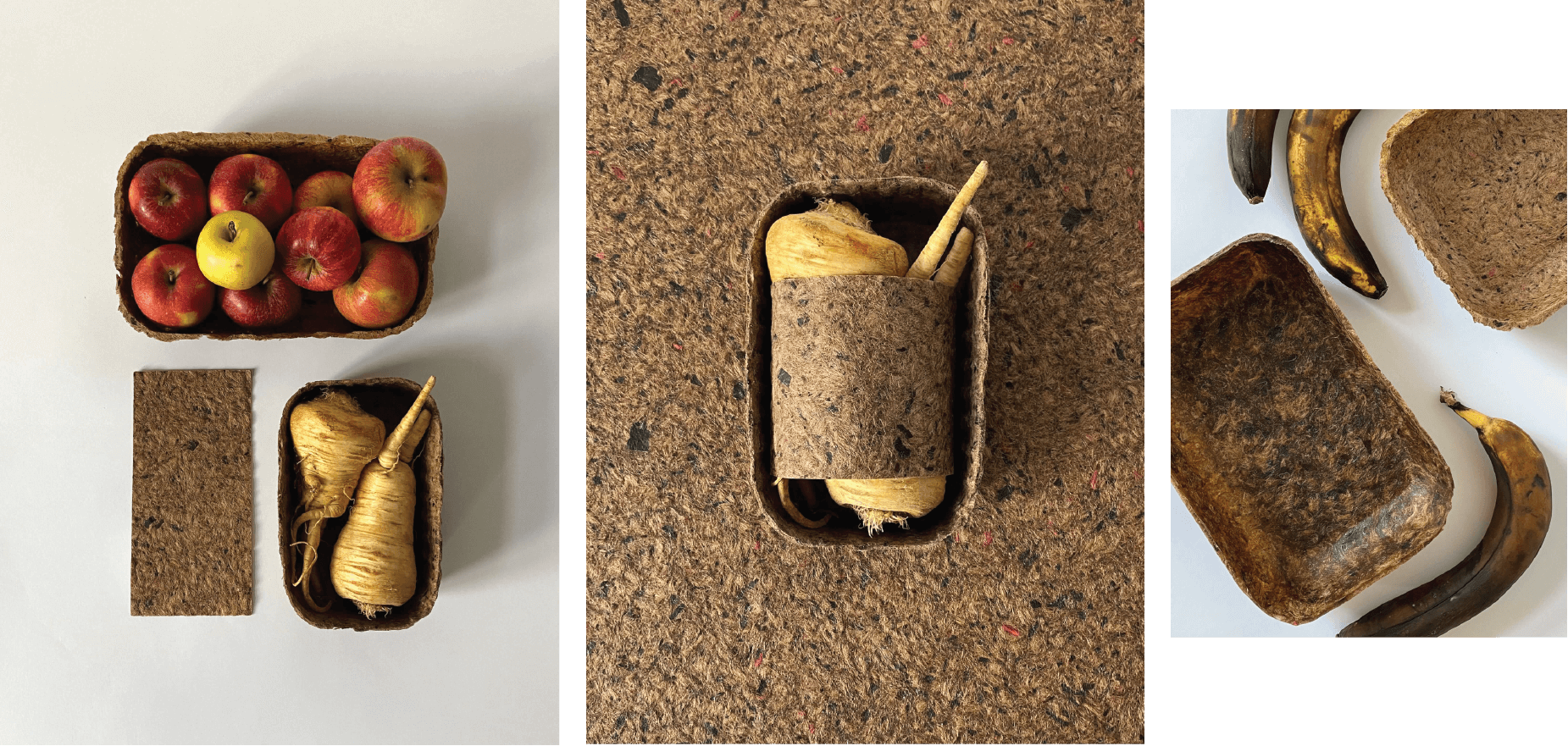13_IMPLICATIONS AND APPLICATIONS¶
Soft Territories – Textile as a Habitat¶

I named the project Soft Territories – Textile as a Habitat, because i will be working with discarded jute textile and would like to summarize the idea of coexistence between humans and nature, through different practical and theoretical visions of this textile as a new resource for our common environment.
WHAT? /Slide 1
As part of my final project for Fabricademy, I plan to conduct further research on jute as a textile and its fibers. My original intention when joining the program was to discover or refine fabrication processes that could enhance and facilitate regenerative material practices and explore possibilities of biomaterials I have made before, or (re)design them for different application scenarios.

WHY JUTE? /Slide 2
In my research on materials, I aim to fill the gap between the anthropogenic mass - the total human-made mass that exceeded all living biomass on earth in 2020 - by exploring the potential of jute as a natural resource for developing new materials.
Jute is a renewable resource that can be harvested annually and produces high biomass per unit of land. Additionally, jute products are biodegradable and decompose in the soil at the end of their life cycle. Being a natural fiber, jute has several advantages such as lustre, high tensile strength, low extensibility, moderate heat and fire resistance, and long staple lengths. All these features make jute an excellent material for reinforcing other materials and creating biocomposites.

Due to these unique characteristics, jute can be considered as a hybrid material that can exist in both human-made and natural systems. It can be used as a source, a semi-finished product, or a finished product.
WHERE WOULD THE MATERIAL COME FROM? WHY USE IT? /Slide 3
It has a wide range of applications, but the most common one is jute fibres being used for sacking and making transportation bags. With the rapidly growing extraction of global resources, my material exploration began at the end-of-material cycle, finding jute bags discarded in one of our local coffee distribution companies. The company discards approximately 90 tons of these bags yearly and afterwards, they are burnt. By reusing them, the loop extends.

WHY II AND PREVIOUS WORK /Slide 4, 5
Recognizing the elemental structure of a thing beyond its mere designation as a product has opened up new creative possibilities and perspectives for this plant-based textile. While working on designing an alternative packaging to replace plastic ones, I explored various biopolymers that could be combined with jute fibers. The process of replacing such products is complex and slow due to standardization requirements, hygienic reasons, adaptation of fabrication processes, and changing human-matter interactions. Despite these challenges, I still believe this discarded but valuable resource has a lot of undiscovered potential and can be implemented in our operating systems again and now.



WHAT I WOULD LIKE TO EXPLORE FURTHER /Slide 6
The presented biomaterial prototypes were created using basic tools, demonstrating that meaningful solutions can be developed at a basic production level. However, the amount of fibers used in the fabrication of these biomaterials was very small in scale. Considering that tons of this material are discarded all over the world, the perspective shifts towards the potential of using larger quantities of fibers and exploring the possibilities of what can be achieved, what more can it become..
So first research question I would like to propose for my further investigation is:
How to make this material work in the present? How does it work NOW?
-
Can it be applicable now?
-
Can it become a supporting material for others and not just humans?
-
Can it be imagined as a garment for nature or land?
-
Can regeneration arise not only from sourcing this material but also from implementing it into another system?
FOR WHO? /Slide 7, 8
Not knowing now what the final outcome of the project would be, I wrote down some words as guidelines to help me understand the broader concept of the idea I would like to work on. After that some of the words gave away the following intersections for further research..
regenerative garment, geotextile, agriculture, textiles as a habitat, textile as architecture

I also wrote down a conceptual guideline I would like to follow within the design thinking process…
CONCEPTUAL GUIDELINE I WOULD LIKE TO FOLLOW WITHIN THE DESIGN THINKING PROCESS /Slide 8
I am interested in examining the relationship between humans, matter, and caring for objects, systems, or services. My goal is to (co-)create an emotional connection with the design outcome, which is essential for achieving sustainability goals.
My next research question is:
How can we care more about our environment with the help of design? Why do we need to care more?
-
Can the final design become an object for nurturing others? What are others?
-
Can the interaction with the designed outcome encourage humans to care more?
-
Can it blur the lines between others and humans? How?
HOW?
Fabrication weeks I would like to include in the design of the final project, object, system, tool, unknown... :
06_BIOFABRICATING MATERIALS /RESOURCES
07_COMPUTATIONAL DESIGN /THINKING ABOUT THE COMMON ENVIRONMENT, TECHNOLOGY
11_TEXTILE AS SCAFFOLD /TECHNOLOGY AND APPLICATION PRINCIPLES
04_BIOCHROMES (optional) /AESTHETICS, REDESIGNING THE ECO-DESIGN
INSPIRATIONS AND SPECULATIVE OUTCOMES THAT MAY RESEMBLE THE IDEA OF THE PROJECT /Slide 9, 10
For now my inspirations are:
Svenja Keune – On textile farming
Magdalena Abakanowicz
Zena Holloway – Seed Water Time., Crafting Root
Dana Barnes – Endoliths seats
WHEN? /Slide 11
TIMELINE
Now - January:
-
Further define the focus of the project and its possible applications
-
Collect more inspirational references
-
Explore textiles in connection to the land
-
Explore textiles in connection to the building materials
-
Initial design concepts – what it could be
January 15 – February :
-
Defined focus – exploring fabrication process
-
Different material samples
-
Testing 3D bioprinting with clay and fibers
-
Testing implementation of the material into a system, environment
February – March 1 :
- Depending on the research, testing the concept
March:
- Photos, film, video editing and documentation